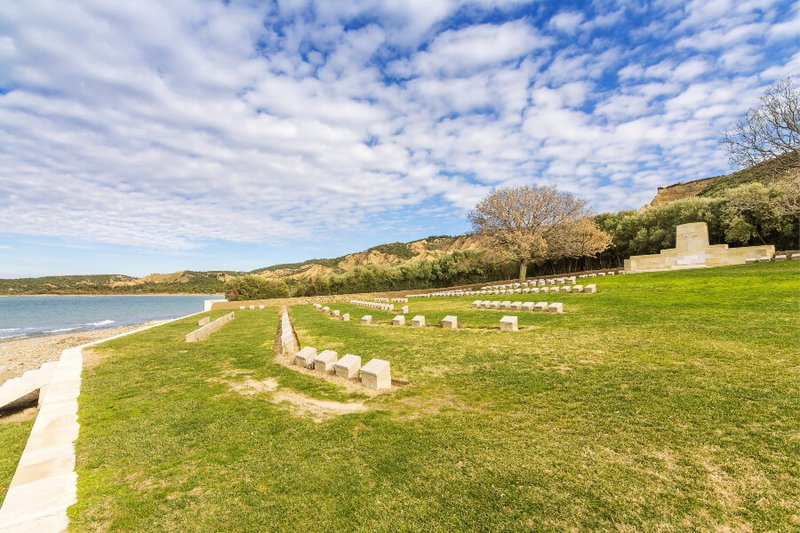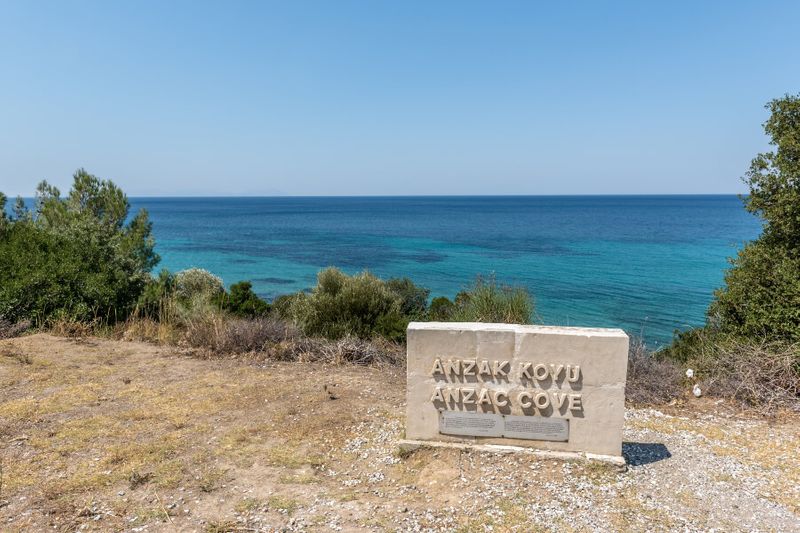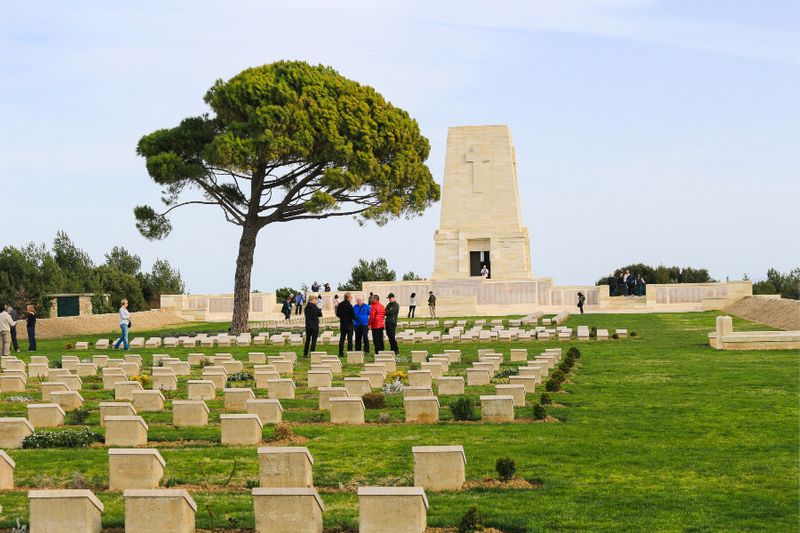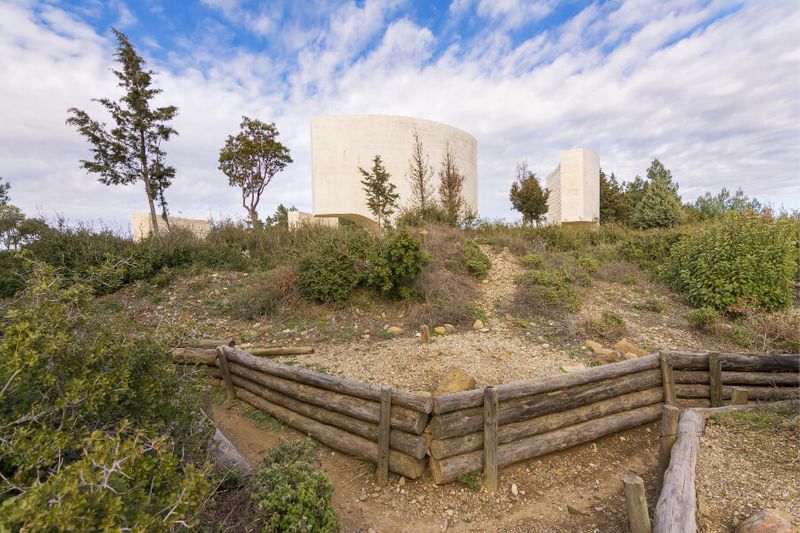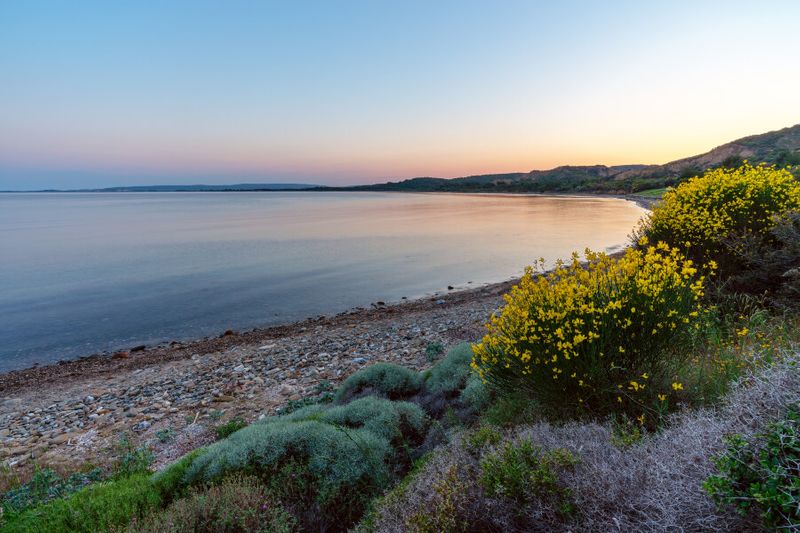Turkey’s 'Beautiful City' contains a moving history lesson and more
Forever synonymous with the First World War campaign that claimed the lives of thousands of Australian, New Zealander and Turkish soldiers, the Gallipoli peninsula remains an important marker for remembrance, having both inspired Anzac Day and preserved the memory of the lives lost on both sides during a gruelling period of military activity.
Visiting Gallipoli more than a century later is a chance to both learn more about its storied history as a bastion of the Ottoman Empire and explore its stunning geography. The beaches of Anzac Cove offer expansive coastal views that stretch out across the bright blue waters, as well as giving prominent placement to several memorials.
Further inland, the Lone Pine memorial contains a memorial for the Australian soldiers who captured positions after fighting in a confined space and honours the 4,000 men who lost their lives in the area. The memorial at nearby Chunuk Bair is the location of the first Allied landing of the campaign and houses a monument to troops from New Zealand that rises out of its hilly landscape and pays tribute to the expeditionary force of August 5, 1915. Both sites give pause for moments of reflection and contemplation.
The peninsula retains some marks from the 10 months of fighting that took place from February 17, 1915 to January 9, 1916, such as its numerous battlefields and remains of trenches used by soldiers to fortify themselves and survive the amphibious landings by British Empire and French forces. Look down the steep hills and gullies to understand the scale, scope and contours that formed the terrain of one of the most famous episodes in modern military history.
The Gallipoli Simulation Centre is a worthwhile addition to any tour of the battlefields. It further educates its visitors about the region’s history, combining the display of historical artefacts with galleries and 3D presentations that offer perspectives of the land and naval battles from both sides of the conflict.
Gallipoli translates as 'Beautiful City', its Italian name bearing the marks of Greek and Roman rule that predated its locus in both the Crimean and the First Balkan wars, before the First World War and Turkey’s eventual declaration as a republic in 1923. Now a peaceful area famed for its hospitality, visitors can take a lesson in Gallipoli’s other history by heading to the nearby Suvla Winery. Despite Turkey being a predominantly Muslim country, it boasts a legacy of winemaking that goes back thousands of years.
Overlooking another cove with a historic past, the Sulva vineyards produce an award-winning range of cabernet sauvignons, chardonnays, roses and more. The 60-hectare site is family-owned and run, optimised to produce as many as 950,000 bottles per year. The contours of Gallipoli’s hillsides are utilised for gravity-flow processing. All of which means that there should be something on offer for every palette at one of its tasting sessions, as well as the opportunity to purchase local produce before journeying on to nearby Istanbul.
